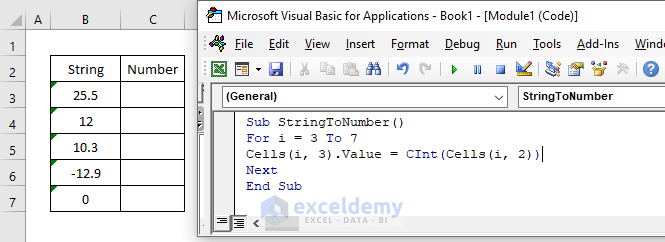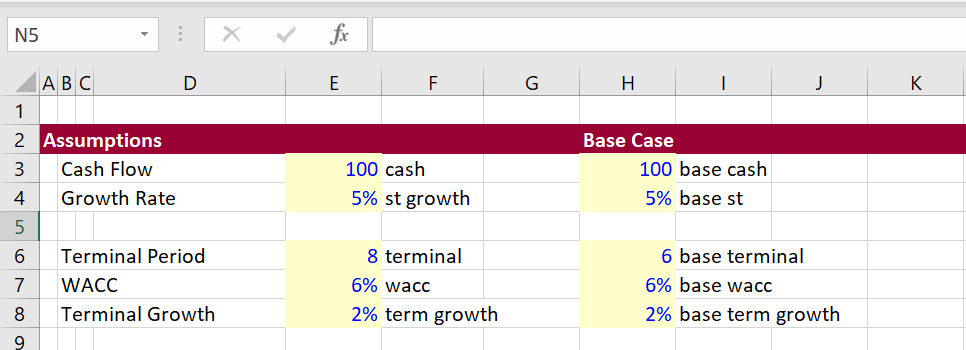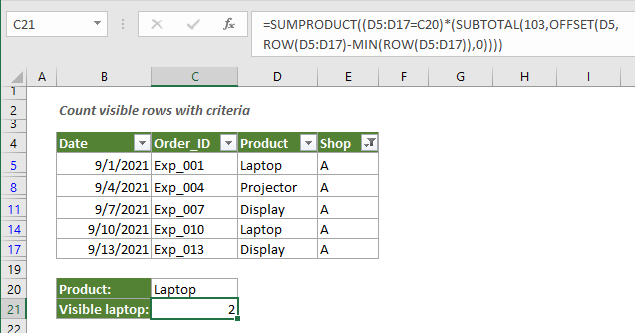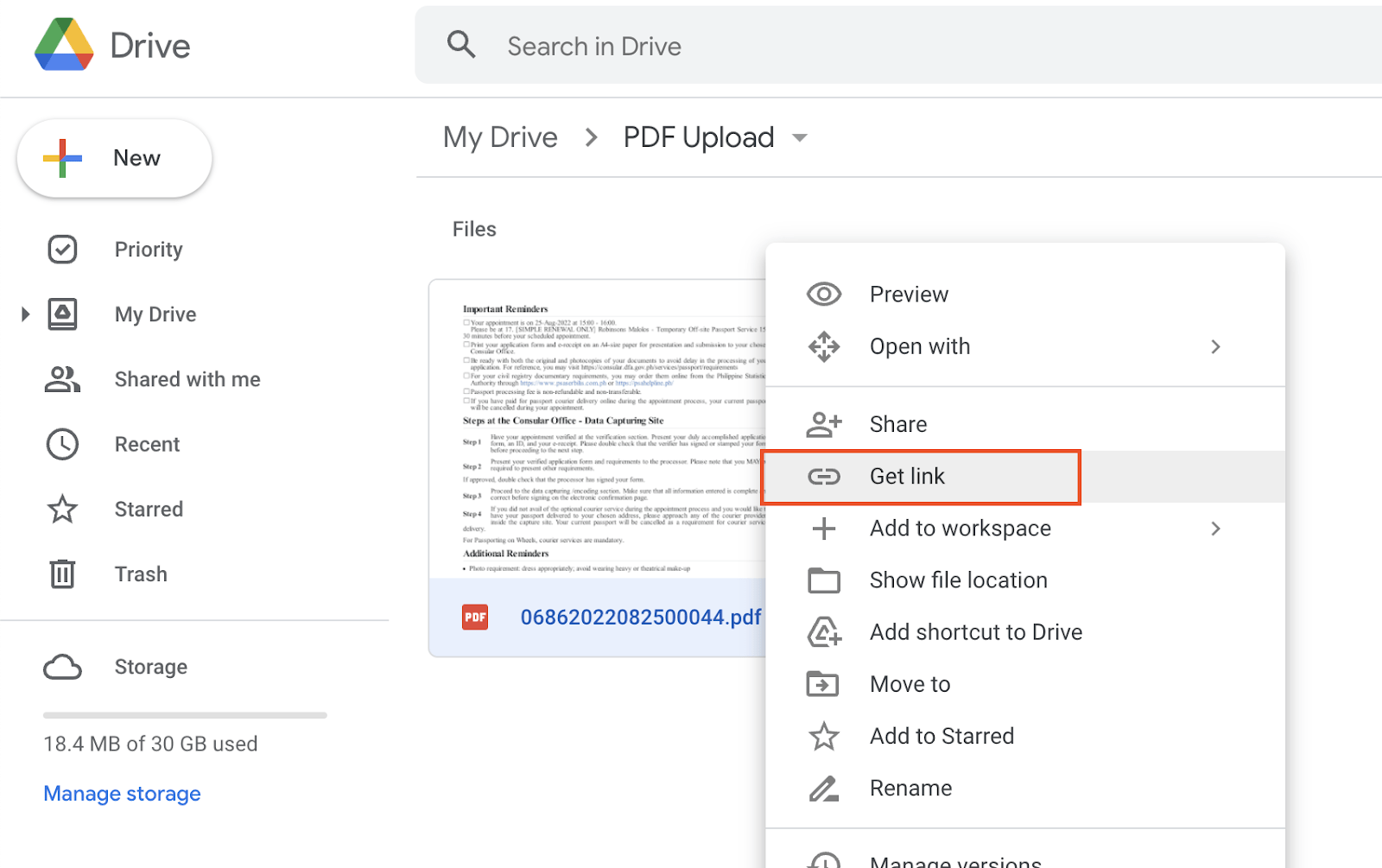VBA Magic: 3 Tips to Convert Text to Numbers

Excel, a powerful tool for data analysis and manipulation, often requires converting data types to ensure accurate calculations and operations. One common scenario is converting text values to numbers, which can be crucial for performing mathematical operations or data analysis. Visual Basic for Applications (VBA) offers a range of methods to achieve this conversion efficiently.
In this article, we will explore three practical and effective VBA techniques to convert text to numbers. These techniques are designed to handle various data scenarios and provide flexibility in your Excel workflows. Whether you're dealing with simple text-to-number conversions or more complex data structures, these tips will enhance your VBA skills and streamline your data manipulation processes.
1. Utilizing the CInt Function for Integer Conversion

The CInt function is a valuable tool in VBA’s repertoire for converting text to integers. It’s especially useful when you’re working with data that represents whole numbers and want to ensure precise calculations. Here’s how you can implement it:
Sub ConvertTextToInt()
Dim textValue As String
Dim integerValue As Integer
textValue = "123"
integerValue = CInt(textValue)
Debug.Print "Integer Value: " & integerValue
End Sub
In this example, the CInt function takes the string "123" and converts it to an integer, storing the result in the integerValue variable. The Debug.Print statement then displays the converted value in the Immediate Window, allowing you to verify the successful conversion.
The CInt function is ideal for scenarios where you have text representing whole numbers and want to perform arithmetic operations or data analysis that requires integer values. It's a quick and efficient way to ensure your data is in the right format for accurate calculations.
Handling Conversion Errors with CInt
It’s important to note that the CInt function will raise an error if the input string contains non-integer characters. This can be particularly useful for error-checking and ensuring data integrity. For instance, if the input string is “123.456”, an error will be generated, indicating that the data is not a valid integer.
Practical Applications
The CInt function finds applications in various real-world scenarios. For example, you might have a dataset with product prices represented as text, and you need to perform calculations to determine discounts or totals. Using CInt, you can easily convert these text prices to integers, enabling precise arithmetic operations.
Additionally, CInt can be utilized in data validation processes. By attempting to convert text to integers, you can identify and flag potential errors or inconsistencies in your data, ensuring data quality and accuracy.
2. Converting Text to Numbers with the CDbl Function

For scenarios where you have text representing decimal numbers, the CDbl function is an excellent choice. It allows you to convert text to double-precision floating-point numbers, accommodating both whole and fractional values. Here’s an example of how to use it:
Sub ConvertTextToDouble()
Dim textValue As String
Dim doubleValue As Double
textValue = "123.456"
doubleValue = CDbl(textValue)
Debug.Print "Double Value: " & doubleValue
End Sub
In this code snippet, the CDbl function takes the string "123.456" and converts it to a double-precision floating-point number, storing the result in the doubleValue variable. The Debug.Print statement then displays the converted value in the Immediate Window, providing a visual confirmation of the successful conversion.
The CDbl function is particularly useful when you're working with data that contains decimal points and need to perform calculations involving fractions or real numbers. It ensures that your data is properly formatted for accurate mathematical operations, whether you're calculating averages, performing financial analyses, or conducting scientific calculations.
Addressing Conversion Errors with CDbl
Similar to CInt, the CDbl function will raise an error if the input string contains invalid characters for a decimal number. This feature can be leveraged to identify and rectify data inconsistencies or errors, ensuring that your dataset is clean and reliable for further analysis.
Practical Use Cases
The CDbl function finds wide applications in scenarios where decimal precision is crucial. For instance, in financial modeling, you might have a dataset with currency values represented as text, and you need to perform calculations such as summing expenses or calculating exchange rates. By using CDbl, you can ensure that your data is in the correct format for accurate financial analyses.
Additionally, CDbl is valuable in scientific or engineering contexts, where precise decimal values are essential for calculations involving measurements, physical constants, or complex formulas.
3. Advanced Text-to-Number Conversion with VBA’s Val Function
In certain situations, you may encounter text data that contains non-numeric characters interspersed with numbers. For instance, you might have a dataset with phone numbers like “(123) 456-7890” or dates like “12/31/2023.” In such cases, the Val function in VBA proves to be incredibly versatile and useful.
The Val function extracts the numeric portion of a string, ignoring any non-numeric characters. This makes it ideal for scenarios where you need to extract meaningful numeric data from text that contains extraneous information. Here's an example of how to use it:
Sub ExtractNumericValue()
Dim textValue As String
Dim numericValue As Long
textValue = "(123) 456-7890"
numericValue = Val(textValue)
Debug.Print "Numeric Value: " & numericValue
End Sub
In this code, the Val function takes the string "(123) 456-7890" and extracts the numeric portion, resulting in the value "1234567890." This value is then stored in the numericValue variable, and the Debug.Print statement displays the extracted numeric value in the Immediate Window.
The Val function is particularly useful when you're working with data that contains non-numeric characters but you still need to extract the underlying numeric data. It's a powerful tool for data cleansing and preparation, ensuring that your data is in a format suitable for further analysis or calculations.
Handling Complex Text Structures with Val
The Val function’s strength lies in its ability to handle complex text structures. It can extract numeric values from strings that contain various delimiters, such as parentheses, dashes, or spaces. This makes it ideal for scenarios where you have data with inconsistent formatting but still need to extract the underlying numeric data.
Real-World Applications
The Val function finds applications in a wide range of scenarios. For example, in a customer database, you might have phone numbers stored as text, and you need to perform analyses or generate reports based on these numbers. By using Val, you can easily extract the numeric portion of the phone numbers, enabling accurate calculations and analyses.
Similarly, in a dataset containing product codes with alphanumeric characters, the Val function can be employed to extract the numeric portion, allowing for efficient inventory management or product tracking.
Conclusion
VBA offers a rich set of tools for converting text to numbers, ensuring that your data is in the right format for accurate calculations and analyses. The CInt, CDbl, and Val functions provide a versatile toolkit for handling various data conversion scenarios. By incorporating these functions into your VBA workflows, you can streamline your data manipulation processes and enhance the efficiency of your Excel-based tasks.
Whether you're working with simple integer conversions, decimal values, or complex text structures, these VBA techniques empower you to transform your data into a format that suits your analytical needs. Embrace these functions, explore their capabilities, and unlock the full potential of your Excel data manipulation tasks.
What are some common challenges when converting text to numbers in VBA, and how can they be addressed?
+When converting text to numbers in VBA, you may encounter challenges such as leading or trailing spaces, inconsistent formatting, or invalid characters within the text. To address these challenges, you can utilize functions like Trim, Replace, or Left/Right/Mid to clean and format the text before attempting the conversion. Additionally, error handling techniques like On Error Resume Next or Try/Catch blocks can be employed to gracefully handle conversion errors and ensure the stability of your VBA code.
Can VBA handle large datasets with text-to-number conversions efficiently, and what are some best practices for optimizing performance in such scenarios?
+Yes, VBA can efficiently handle large datasets with text-to-number conversions. To optimize performance, consider utilizing array-based operations instead of looping through individual cells. Array formulas or the Application.Evaluate method can significantly improve speed when dealing with large datasets. Additionally, ensuring that your VBA code is well-optimized, avoiding unnecessary calculations or iterations, and making use of Excel’s built-in functions whenever possible can contribute to better performance when working with extensive data.
Are there any alternative VBA functions or techniques for converting text to numbers, and what are their advantages or use cases?
+While CInt, CDbl, and Val are commonly used VBA functions for text-to-number conversions, there are alternative techniques and functions available. For instance, the CLng function can be used for converting text to long integers, while the CStr function can be employed for converting numbers to text. Additionally, the Evaluate function can be utilized to execute Excel functions within VBA, providing flexibility for complex conversions. The choice of function or technique depends on the specific data type and the requirements of your conversion process.



